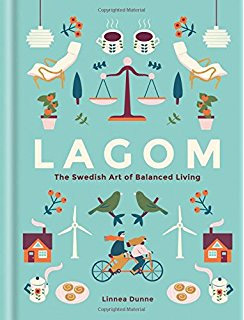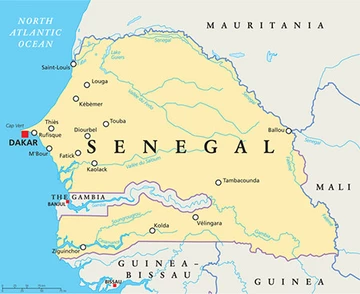Vinaigrette began with the idea of cultivating balance a healthy relationship to food and drink, neither draconian or overly indulgent, but just right. We try to make dishes that manage to be both healthy and delicious in equal or near equal measure. The Swedish term for this sweetspot is lagom, a word that translates to “just the right amount.”
Proper balance should make room for both pleasure and tradition, especially during the holidays. That means that my lagom includes the eggnog my family concocts, like clockwork, every December. It’s a hallowed process.
What about some scandi balance, or beauty, in our devices? Why should our desks be tangled vortices of ugly plastic and twisted wires?Check out these joy-sparking blonde wood and fabric Niko power pendants from Most Modest, a small San Francisco company that makes gorgeous everyday office objects.Our new Modern General website is up and running, though it’s still a work in progress, our online store is live. Please check it out!
Italian Minestrone
A humble Italian “poor man’s soup,” translating literally to “big soup”–meaning throw in whatever veggies and goodies you got in the pot. Fittingly, our Minestrone gets added flavor from tasty leavings–parmesan rinds and prosciutto butts-that are simmered in the veggie, bean-y and noodly soup.
Senegalese Màfe Ginaar
Màfe is a peanut-thickened stewfrom Senegal, and the version we are making has chicken, cabbage, sweet potato and okra, with tomato paste and fish sauce providing tangy umami depth, and lime juice zipping it all up at the end.
Màfe is a communal dish; traditionally it would be eaten out of one pot in the center of the table, over rice. We are serving ours a touch thinner than it is traditionally made, so it still warrants a bowl. Derivatives of màfe, or groundnut stew, appear throughout the American South, brought there, along with the peanuts it features, by displaced Africans sold into unjust slavery in a faraway land (I think it’s weird when white people refer to the slave trade nonchalantly).
The peanut, that humble ground-skimming legume, really gets around. First it was discovered in South America and brought back to Spain, then from there traders and explorers brought it to Africa and Asia. Then it went back west to North America in the 1700’s where it eventually became a major cash crop in the South. What goes around comes around-apparently even the goober pea.
Here is the playlist we will be rocking out to, featuring musicians from Senegal: Youssou N’Dour and Djily Baghdad.




